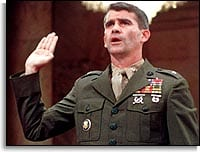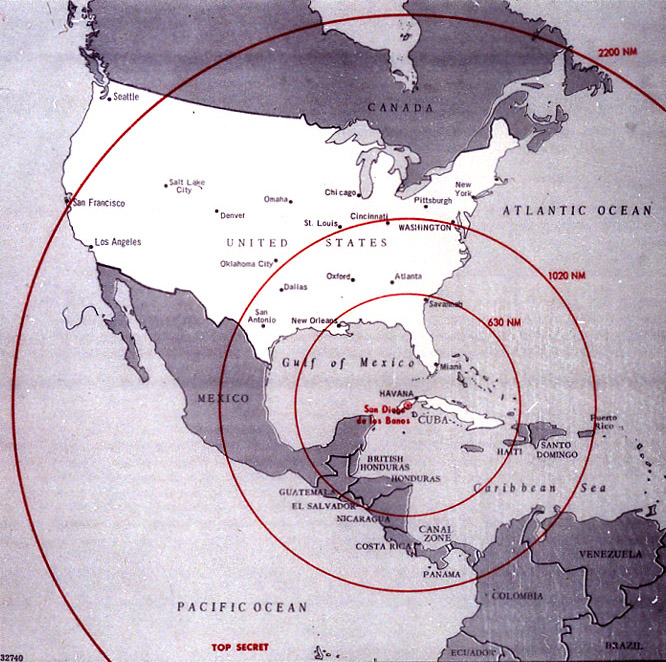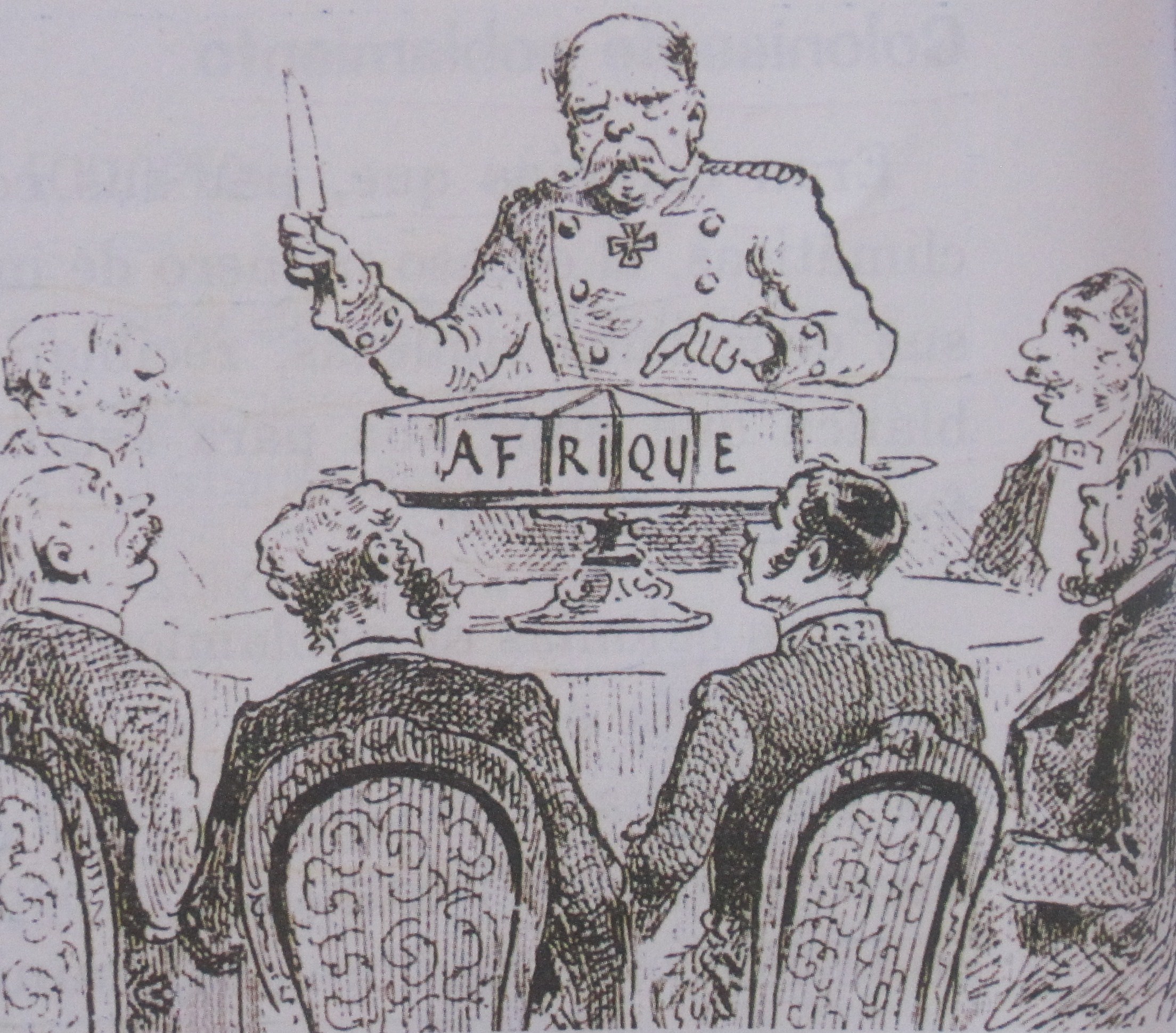The Developing World and the Cold War
The developing world, or as it was known during the Cold War, the Third World, was the location of much of the competition between the United States and the Soviet Union in the second half of the 20th century. Both superpowers backed governments and guerillas in Africa, Asia, and Latin America as they sought an edge. The Third World became the place where the superpowers fought proxy wars that prevented them from direct conflicts that could spiral out of control. As former colonies became independent states, they were often drawn into the camps of one of the superpowers. This rivalry played out with negative consequences across Asia, Africa, and Latin America, sometimes leading either the United States or the Soviet Union to become directly involved in regional conflicts, as happened in Vietnam and Afghanistan. The end result for millions of people in Africa, Asia, and Latin America who were caught in the middle was often chaos and destruction.

Asia and the Middle East

The United States was directly involved in wars in Korea and Vietnam while the Soviet Union engaged in a similar enterprise in Afghanistan. While thousands of American and Soviet military personnel perished in these wars, those losses were small compared to the numbers of Koreans, Vietnamese, and Afghanis killed. Even when the superpowers did not take part in direct combat, the results could be disastrous for civilian populations, as the famine in Ethiopia showed when the Communist-backed government sought to starve out rebel forces.
Macrohistory: Japan, Hunger, New Attitudes and Mishima (2 pages)
Macrohistory: China from Mao (7 pages)
Macrohistory: Indonesia and the Great Slaughter (3 pages)
Macrohistory: India and Pakistan (4 pages)
Macrohistory: Jews and Arabs from WW2 to the 1967 War (10 pages)
Macrohistory: Israel and the Middle East, to 1979 (7 pages)
Macrohistory: The Iranian Revolution (3 pages)
Latin America
In other places, the superpowers provided less confrontational forms of military and economic support. Cuba, Chile, and Nicaragua each had its own Communist revolution, after which it sought close ties with the Soviet Union. In both Cuba and Nicaragua, the United States had supported the corrupt dictators that rebels overthrew and then funded counter-revolutionary groups to challenge the new Communist governments. Cuba, only ninety miles from Florida, became a flashpoint in the larger Cold War conflict when the Soviet Union moved Intermediate-Range Ballistic Missiles to the island, which could allow it to attack the United States without warning. This action was taken largely due to the American decision to base similar weapons in Turkey, which had sufficient range to reach Soviet Premier Nikita Khrushchev’s vacation home across the Black Sea.
Macrohistory: Latin America Economic Overview, to the 1960s (1 page)
Macrohistory: Brazil from 1945 to the Overthrow of Goulart in 1964 (1 page)
Macrohistory: The Dominican Republic, Trujillo Regime and the Overthrow of Juan Bosch (1 page)
Macrohistory: Batista and Castro, to 1959 (1 page)
Macrohistory: Che Guevara in Bolivia (1 page)
Macrohistory: Chile, from Democracy to Dictatorship (2 pages)
Macrohistory: Civil War in El Salvador (1 page)

Africa

American domestic politics also became a Cold War issue in other ways: the Civil Rights Movement profited from pressure placed on American diplomats by African leaders, who not only had negative experiences in visiting the United States but were appalled by how African Americans were treated. For their part, African Americans also influenced the development of anti-colonial attitudes in Africa.
References
Anderson, Carol, and Eric Arnesen. “Discussion on African Americans and Anti-colonialism in Africa.” C-SPAN. March 9, 2015. Accessed May 25, 2015. http://www.c-span.org/video/?324710-1/discussion-african-americans-anticolonialism-africa.
Byrne, Malcolm. “CIA Confirms Role in 1953 Iran Coup.” National Security Archive. August 19, 2013. Accessed May 25, 2015. http://nsarchive.gwu.edu/NSAEBB/NSAEBB435/#_ftn4.
“The Cold War in Developing Countries.” Digital History. Accessed May 25, 2015. http://www.digitalhistory.uh.edu/disp_textbook.cfm?smtid=2&psid=3408.
Westad, Odd Arne. The Global Cold War: Third World Interventions and the Making of Our Times. Cambridge: Cambridge University Press, 2005.
